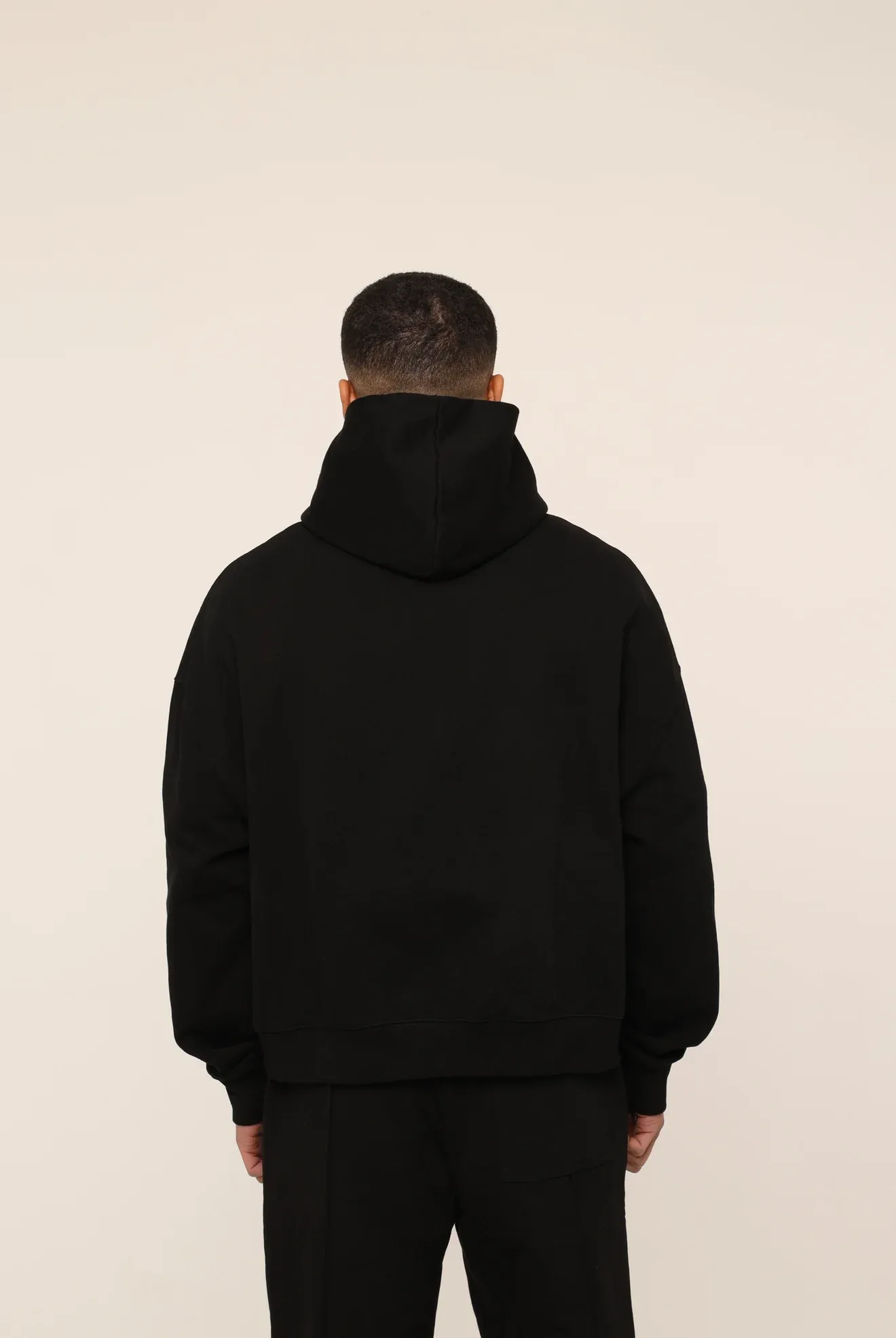Drop Dead:
Drop dead was born in the early 1990s in Providence, Rhode Island, during a time when punk was evolving into new and more aggressive forms. The band quickly became synonymous with fast, furious, and politically charged music that rejected mainstream sensibilities. Fueled by a Drop dead formed not to entertain, but to confront. Their name is a reflection of their blunt and unfiltered approach to both music and message—a demand, not a suggestion.
Musical Style and Genre
Dropdead is often classified under genres such as hardcore punk, powerviolence, and grindcore. Their songs are known for being extremely short—many lasting under a minute—yet packed with intensity, rapid-fire drumming, and shouted vocals. Drop Dead Clothing band addresses themes like animal rights, anti-fascism, anti-capitalism, and social injustice. There is no room for subtlety in their work; everything is direct, confrontational, and steeped in activist passion.
Discography and Highlights
Their first self-titled album, often referred to simply as "Dropdead," was released in 1993 and became a cult classic in underground punk circles. It was followed by a second self-titled album in 1998, continuing the tradition of unrelenting energy and harsh critique of society.ver the years, Dropdead has released several EPs, demos, and splits with other influential bands in the punk and metal scenes. Rather than pushing for commercial success, they’ve chosen to remain firmly rooted in the underground. Each release carries a consistent message—fight oppression, question authority, and live ethically.
Live Performances and DIY Legacy
Dropdead has maintained a consistent presence in the punk scene, especially known for their high-intensity live shows. Their performances are often in intimate venues or DIY spaces, emphasizing a sense of community over commercialism. They’ve never chased fame or large record deals. Instead, they’ve cultivated a loyal following by staying true to their principles and remaining politically outspoken.heir legacy is not measured in awards or chart positions, but in influence. They've inspired countless other bands and continue to be a cornerstone of the hardcore punk scene, even after three decades.
Founding and Vision
Drop Dead Clothing was founded in 2005 by Oliver Sykes, the frontman of the British metalcore band Bring Me the Horizon. What started as a side project to showcase his own creative vision quickly evolved into a full-fledged streetwear brand. The name “Drop Dead” represents a playful contradiction—equal parts dark humor, rebellious spirit, and alternative culture.The brand began by selling a small collection of graphic tees online, but quickly exploded in popularity due to its unique visual style and the growing fanbase of Sykes’ music career.
Design Aesthetic and Influences
Drop Dead’s design language is distinct and instantly recognizable. The clothing often features a blend of dark, gothic motifs with colorful, cartoonish elements. Skulls, animals, distorted faces, cryptic slogans, and horror references are commonly used—but with a tongue-in-cheek, sometimes satirical twist.Anime, vintage horror films, video games, and early internet culture have all played a role in shaping the brand’s identity. The result is a visual mash-up that appeals to those who live on the fringes of mainstream fashion—those who want to wear their weirdness and individuality on their sleeves, quite literally.
Growth and Popularity
What set Drop Dead apart early on was its connection to the alternative music scene. Fans of Bring Me the Horizon helped fuel early demand, but the brand quickly found its own legs, gaining traction across social media, fashion blogs, and alternative culture communities.The label's early collections sold out within hours, and it developed a reputation for releasing limited-run pieces that created urgency and exclusivity. Over time, Drop Dead expanded into a wider range of apparel including hoodies, jackets, denim, and accessories, all carrying the same edgy identity.
Collaborations and Creativity
Drop Dead has collaborated with a number of pop culture franchises and artists over the years, producing special collections inspired by everything from classic cartoons to cult horror films. These collaborations aren’t just licensing deals—they reflect a shared artistic vision and push the boundaries of what alternative fashion can be.Limited drops have included capsule collections that honor nostalgic franchises while putting a dark and twisted spin on beloved characters or themes. This approach has helped Drop Dead maintain relevance and attract a devoted customer base.
Sustainability and Ethical Production
As the brand matured, it began taking stronger stances on environmental and ethical issues in the fashion industry. Drop Dead now incorporates sustainable practices into its manufacturing process, using organic cotton, recycled materials, and eco-friendly dyes wherever possible.Additionally, the brand works with ethically audited factories and maintains transparency in its supply chain. Packaging is biodegradable, and seasonal collections are designed to minimize overproduction and waste.Drop Dead's commitment to sustainability is not just a marketing tactic—it’s part of a broader vision to build a brand that aligns with the values of its audience. Many of its fans are socially conscious and appreciate that their clothing choices can reflect those ethics.
Community and Culture
At its heart, Drop Dead is more than just clothing—it’s a lifestyle. The brand has built a strong community around its ethos of nonconformity, creativity, and alternative culture. Through social media, physical pop-up events, and immersive store experiences, Drop Dead connects directly with its audience.The community that surrounds the brand includes musicians, visual artists, tattooists, and fans who see fashion as a form of personal rebellion. For many, wearing Drop Dead is a way of signaling identity—being part of a countercultural tribe that values originality, expression, and ethical choices.
Conclusion:
Despite sharing a name, Dropdead the band and Drop Dead Clothing the brand operate in entirely different realms. One creates politically charged sonic warfare, the other crafts visual statements through streetwear. Yet, both represent a resistance to the mainstream and a deep-rooted belief in individualism, ethics, and authenticity.Dropdead continues to rage against injustice through blistering music, while Drop Dead Clothing provides a wardrobe for those who feel alienated by conventional style. Each, in its own way, pushes boundaries—one through decibels, the other through design.
